Opposites Attract: Ski Areas and Hot Springs in the Central Plateau
I am on a chairlift being winched up the side of an active volcano. Under my dangling feet, tiny neon-jacketed figures carve swishing paths through the ski area. To my right, a stream of frosty water gushes down the side of a mountain, falling onto the rocks below. The mountain, Ruapehu, is rising ahead of us, a meringue pile of snow.
We are at Turoa, a four hour drive from Wellington. There are masses of people at the ski area on this fine, sunny afternoon. They have come from all over the country, slipping and sliding down the side of a volcano that erupted as recently as two years ago. In fact, a couple of days after we leave, a warning is issued for the entire area due to the possibility of further activity.
My husband is oblivious to it all, clutching the bars in front of him. He is afraid of heights and this scenic chairlift ride is climbing to an altitude of 2020 metres above sea level. He chatters nervously about a horror movie he has seen, in which three teenagers get stuck, mid-climb, on a chairlift in Chamonix, France. “Remember the part where one of them jumped down, broke his leg and got eaten by wolves?” He is almost hyperventilating.
We ended up here because I had a deep craving for snow. The craving is corny and clichéd: the type of whim that drives women to break out a floral dress on the first day of spring or families to make a beeline for ice cream on a sunny day. I surprise myself by entertaining a vision of whizzing down ski slopes — I am not sure where this sporty fantasy came from. Usually, as soon as Daylight Saving time hits in winter, the only thing I have my heart set on is a good book, a blanket, and a premium spot in front of a heater. Just like animals who use the winter to hibernate and conserve their energy, my modus operandi during the colder months of the year is to stay still and do as little as possible.
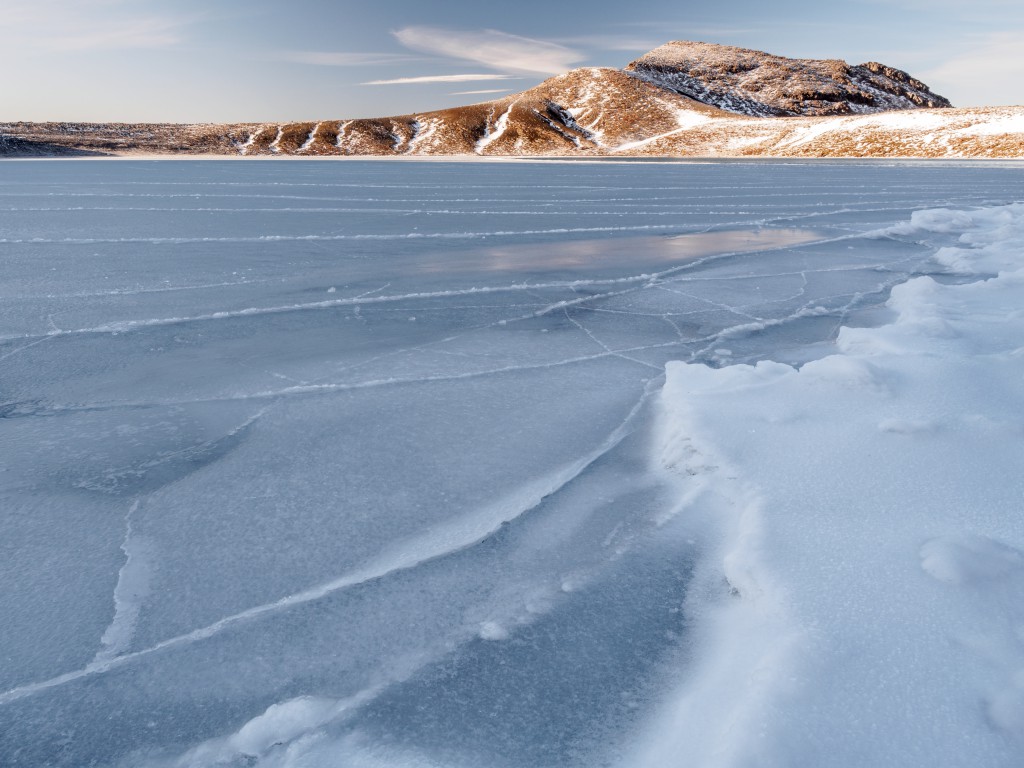
In the North Island, the best bet for skiing is the Central Plateau. Tongariro National Park makes up a large swathe of this area (almost 80,000 hectares). It has been a World Heritage Site since 2003, characterised by a seemingly endless terrain of arid soil, jagged rocks, brown tussock, alpine meadows, waterfalls, and ancient lava flows. The landscape is dominated by three active volcanoes — Tongariro, Ngauruhoe, and Ruapehu — with both Turoa and Whakapapa ski areas located on Ruapehu. The scenery is so dramatic that one does not quite know where to look. It is like watching a blockbuster movie full of beautiful and talented A-list stars, all jostling on screen for our attention.
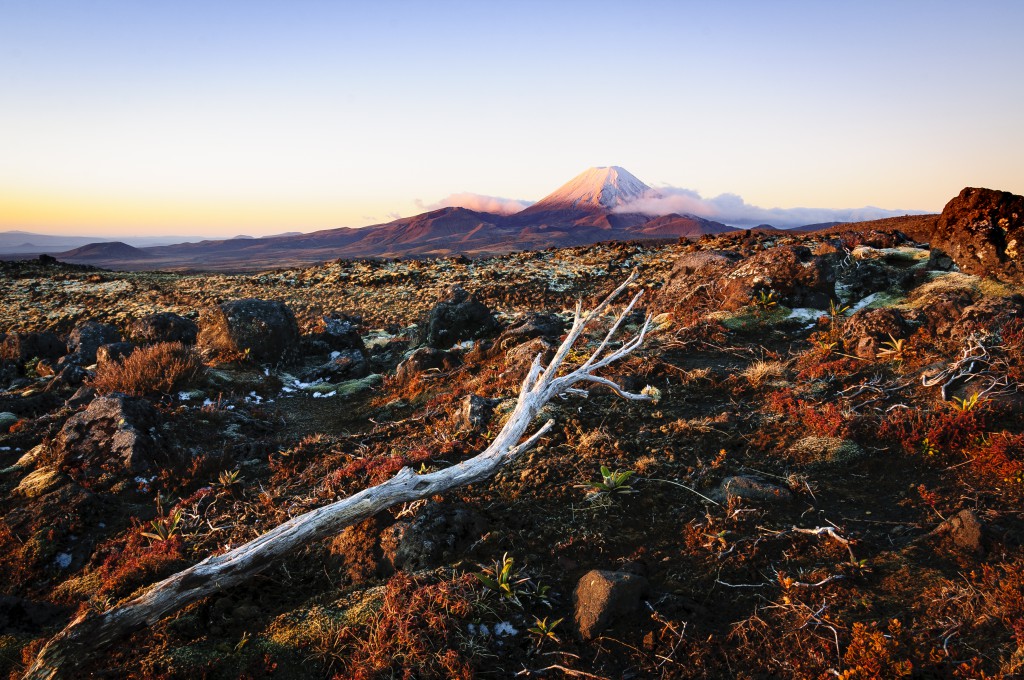
My destination set, the next crucial goal is to find the right time to go. For weeks, I am on snow watch. I obsess over the weather and track its progress up and down the country. I stockpile woollen jerseys, knitted socks, and waterproof gear. I listen intently to conversations about the best ski areas in the North Island and ask for tips to improve my (almost non-existent) skiing skills. “To stop, make your skis look like a wedge of pizza,” one person says. I know what pizza looks like. Stopping should be a piece of cake. I conveniently forget that the last time I skiied was 4 years ago, when I bowled over a group of children on the bunny slopes.
At work, I find myself solemnly watching the live webcam footage of the Turoa ski areas and nodding with satisfaction as, every day, I watch the millimetre measurements of snow fallen overnight climb higher and higher. In Japan, during cherry blossom season, a weather department is solely dedicated to reporting on the ‘cherry blossom front’. By the time the car is packed ready to go, I am my own weather department, dedicated only to the status of the probability of snow flurries and showers occurring in the Central Plateau.
We base ourselves in Horopito, a tiny place that had its heyday during the early 20th century as a sawmilling town. Now, it is bisected by a state highway and the school has been turned into a museum. It has two remaining claims to fame. One is Horopito Motors, a 60 year old junkyard piled with mouldering, rusting car parts, some dating from the 1940s. A 1981 New Zealand film about car racing, Smash Palace, was filmed in the junkyard and even today, the images from that film remain iconic. We drive past often during our stay, but the gloomy grey weather does not make traipsing around the junkyard in the open air terribly inviting.
Horopito’s other distinguishing feature is a cycle trail along the Old Coach Road, a historic cobblestoned path between Horopito and Ohakune. The road was built almost 110 years ago and lay overgrown by the undergrowth until, in 2002, a local deer hunter bush-bashed his way through. Around 8.5 kilometres of the original 10 kilometre road remains covered in cobblestone, and it climbs to about 700 metres above sea level. We hire mountain bikes from Ohakune and start the trail from the thankfully less steep Horopito end.
The trail is a mix of open farmland, well-maintained mountain bike tracks, and teeth-rattling sections of the cobbled road, which is fighting to survive against being overtaken by massive, knobbly tree roots. We clatter over the wooden structure of the old Taonui viaduct, which rises like a grand old dame 35 metres above a stream and a thick canopy of native bush. During our ride up into the mountains, flurries of snow begin to fall, coating the tracks and trees around us. Pretty soon, we are riding in the middle of a snow storm — and turning back is not an option.
It is an electrifying experience, mountain biking through a snow storm on a 100 year old road, surrounded by native ferns and trees coated in powder. We pass fewer than ten people on the trail. One man grins and whoops as he rides past us, and his excitement is contagious. I cannot help but feel thrilled at being part of such a unique experience. I also cannot help but think about what we would do if the storm did not stop and we could not carry on. This is about as far out of my normal comfort zone in winter as I could possibly go. During bad weather, the people travelling on the road 100 years ago, in coaches or on foot, might have felt the same strange mix of emotions: joy at their surroundings, such a beautiful sight to behold, but also fear — because who could really be sure that they were going to make it home?
Three months later, my snowy adventures remain fresh in my mind as I head back to the Central Plateau on a long weekend. It is now spring and the snow has melted. I fly into Rotorua airport and for the first time, I get a bird’s eye view of the 12 lakes that are spread around this area. These lakes have been formed by water spilling into ancient craters and calderas, and some of them are bordered by age-old lava flows. The Rotorua region has always been a well-known site of geothermal activity, marked by a wealth of hot springs, steam vents, geysers, and bubbling mud pools — along with a distinct sulphuric smell that takes a few days of getting used to.
Tourists from all over the world have been visiting this area, from as far back as the 1800s. Royalty, celebrities, and novelists flocked to bathe in the pink and white silica terraces that cascaded down to Lake Rotomahana. A famous Victorian novelist, Anthony Trollope, described bathing in the terraces: “The baths are… like vast open shells, the walls of which are concave, and the lips ornamented in a thousand forms… I have never heard of other bathing like this in the world.” There was so much tourist money flowing through the area that the paua shell eyes usually used to adorn indigenous carvings were reportedly replaced with gold coins.
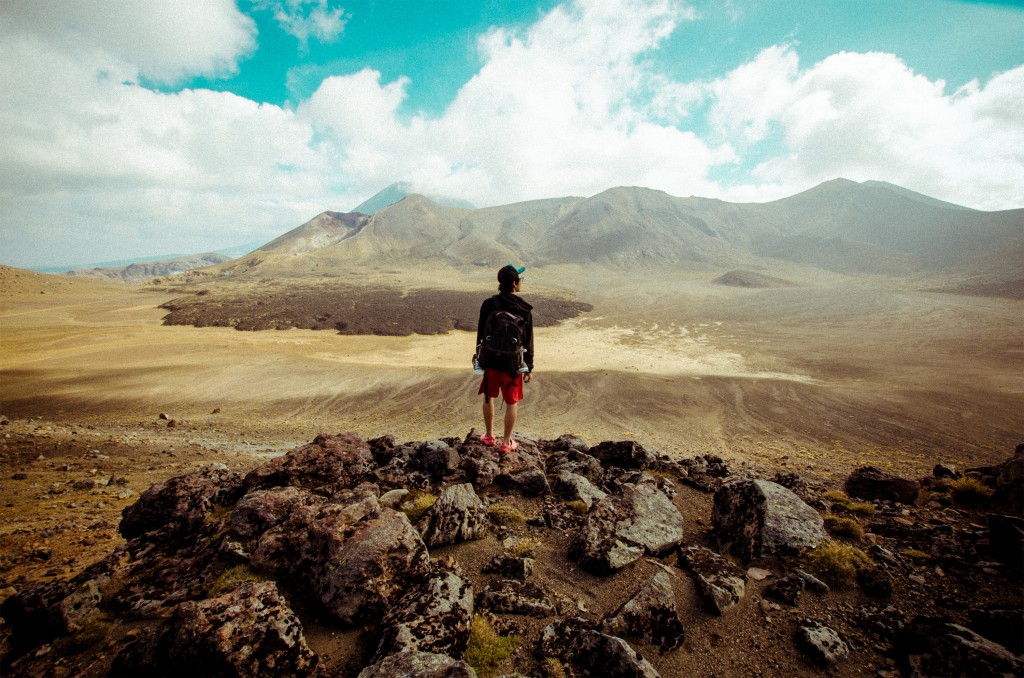
Tragically, in 1886, the terraces — by then widely known as the ‘eighth wonder of the world’ — were supposedly obliterated by the devastating eruption of Mt Tarawera. In March 2012, scientists rediscovered parts of both the pink and the white terraces submerged under about 50 metres of lake water. However, the sights that stunned and awed tourists from the 1800s have been largely lost in their original form.
The closest I will get is a spray-painted depiction of the pink terrace in its prime, splashed on the side of a two-storey building in the Rotorua city centre. Unlike the Old Coach Road, rescued from being swallowed by the undergrowth and repurposed as a trail for everyone to enjoy, the pink and white terraces have been relegated to the history of this region. To get a sense of what those old-time tourists might have experienced, however, today’s travellers can visit Wai-O-Tapu Thermal Wonderland Park, about a 40 minute drive from the Rotorua town centre.
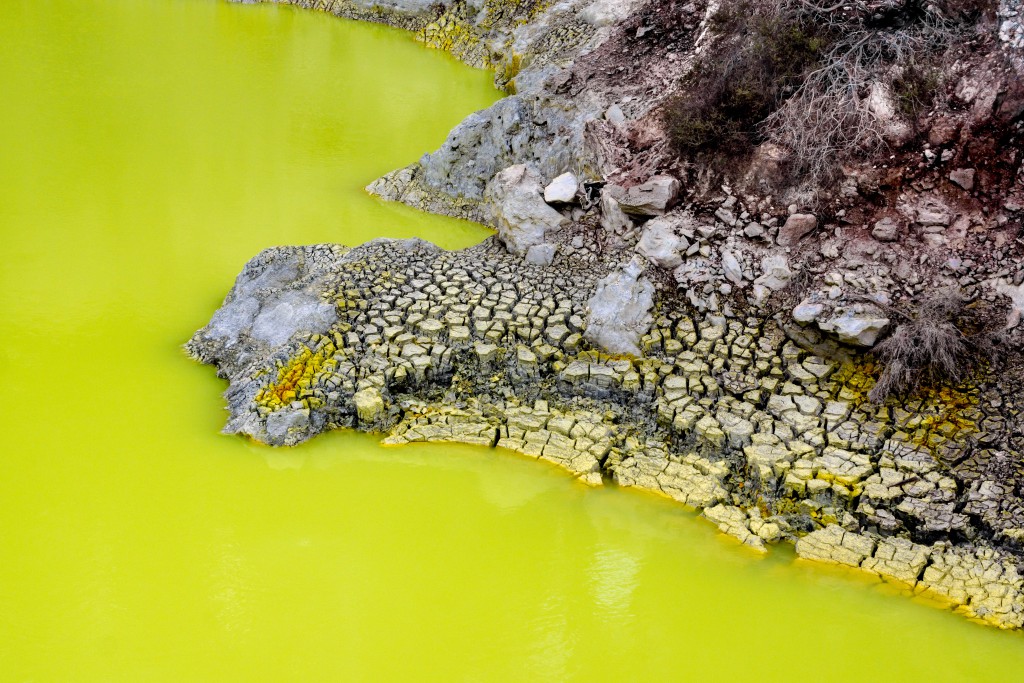
Before the Tarawera eruption, the White Terraces rose 30 metres above the lake, contained 50 wide, scalloped steps, and covered an area equal to seven football fields. The turquoise and white terraces at Wai-O-Tapu are tiny in comparison, but still manage to make their mark. Various paths guide visitors through a collection of wildly-coloured hot water springs draped by curtains of steam and craters that cradle bubbling mud and mineral-laced water.
The colours are surreal. The Champagne Pool, a large, bubbling hot spring bordered by jagged rocks, is a saturated orange and emerald green. The Artist’s Palette is an opalescent blend of yellow, grey and pink. There are a few white and turquoise silica terraces, formed by the deposits from mineral springs developing into a hard crust. Up close, the terraces glint like raw gemstones with a pearly sheen. It’s a bittersweet experience, equal parts awe at the spectacle at hand and wistfulness for what might have been.
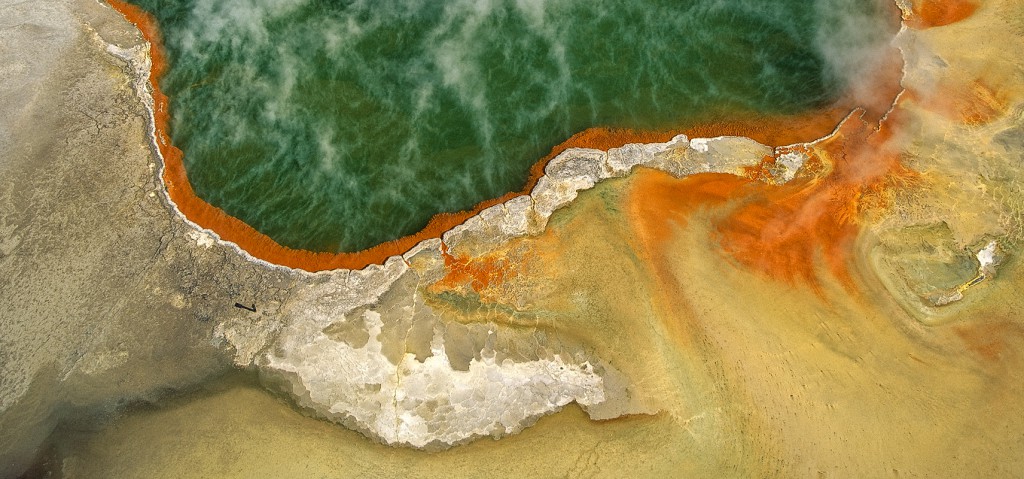
The region does not disappoint in terms of finding other hot springs to bathe in and enjoy. Kerosene Creek is a popular spot, a few kilometres down a gravel road. Those who know the right place to turn off or have the good luck to spot the tiny sign along a major state highway are rewarded by a babbling stream which leads to a 30 degree Celsius swimming hole fed by a two metre waterfall. Overhead, the sunlight is dappled by the canopy of native trees and bush. The steam that rises from the water to meet the light throws a lazy haze over the entire scene.
The Waitangi Soda Springs in Lake Rotoma was once a spot known only to the locals and, as recently as a couple of years ago, was free to the public. A local Maori tribe claimed an interest over these springs as part of Treaty of Waitangi settlement claims and were successful in having their historic guardianship rights over the springs recognised.
Today, there is a very reasonable NZ$8 admission fee and visitors can stay as long as they like, luxuriating in waters that are a perfect blend of hot and cold springs. I do as the locals do and bring my own pool noodle with which to bob around the water. Another tip I learn from a friendly lady standing by the side of the pools is to make use of the rust-coloured bits of magnesium that float on top of the water as a body exfoliant, for extra smooth skin.
I become hooked on hot springs. Nothing compares to the way the entire body unwinds and loosens when it slips into warm water in a beautiful, rustic setting. The whole world slows down and quietens; the entire experience boils down to sitting and observing the world go by as I simmer in waters heated from the planet’s interior. I exit the springs with floppy limbs, gleaming skin, and an urgent desire to drink a lot of water and fall straight to sleep.

